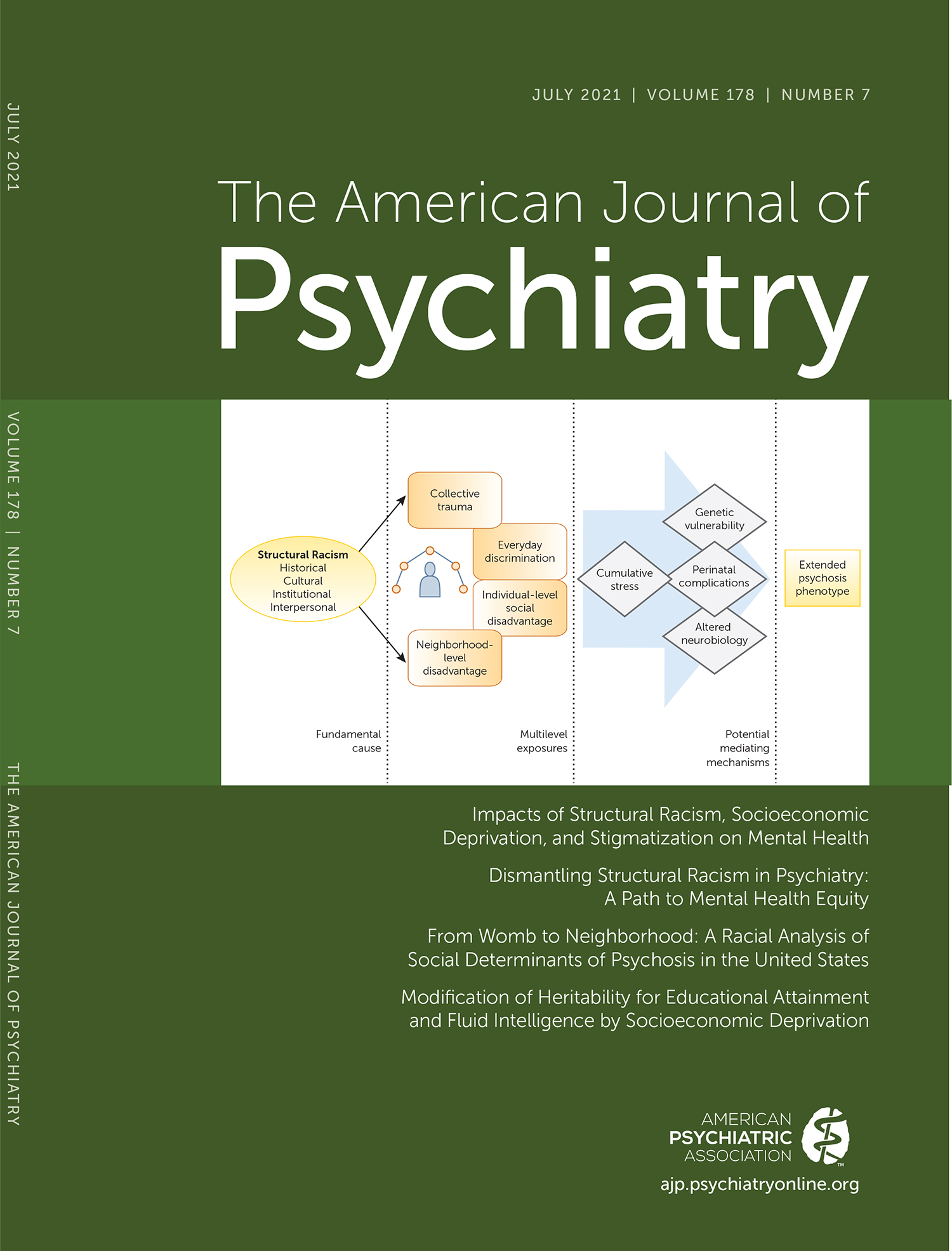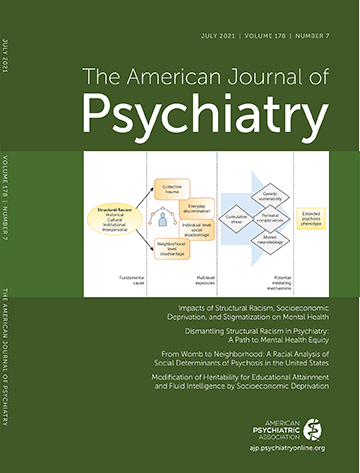Modification of Heritability for Educational Attainment and Fluid Intelligence by Socioeconomic Deprivation in the UK Biobank
Abstract
Objective:
Methods:
Results:
Conclusions:
| Characteristic | Combined Cohort (N=362,498) | 1st Quintile (N=72,829) | 2nd Quintile (N=72,843) | 3rd Quintile (N=72,865) | 4th Quintile (N=72,860) | 5th Quintile (N=72,865) | ||||||
|---|---|---|---|---|---|---|---|---|---|---|---|---|
| N | % | N | % | N | % | N | % | N | % | N | % | |
| Female | 195,067 | 53.9 | 38,825 | 53.3 | 39,020 | 53.6 | 39,358 | 54.0 | 39,644 | 54.4 | 37,984 | 52.1 |
| College or university graduate | 113,355 | 31.6 | 25,655 | 35.8 | 23,459 | 32.7 | 22,238 | 31.0 | 22,743 | 31.7 | 19,042 | 26.6 |
| Mean | SD | Mean | SD | Mean | SD | Mean | SD | Mean | SD | Mean | SD | |
| Age (years) | 56.9 | 8.0 | 57.3 | 7.8 | 57.4 | 7.8 | 57.1 | 7.9 | 56.5 | 8.1 | 56.0 | 8.2 |
| Year of birth | 1951 | 8.0 | 1951 | 7.8 | 1951 | 7.8 | 1951 | 8.0 | 1952 | 8.1 | 1952 | 8.2 |
| Years of education | 13.8 | 5.1 | 14.5 | 4.9 | 14.1 | 5.0 | 13.9 | 5.1 | 13.8 | 5.2 | 13.0 | 5.3 |
| Townsend deprivation index | −1.57 | 2.94 | −4.75 | 0.56 | −3.47 | 0.32 | −2.33 | 0.37 | −0.54 | 0.71 | 3.25 | 1.83 |
| Fluid intelligence score | 6.22 | 2.10 | 6.42 | 2.03 | 6.31 | 2.05 | 6.24 | 2.07 | 6.30 | 2.12 | 5.91 | 2.20 |
| N | % | N | % | N | % | N | % | N | % | N | % | |
| Fluid intelligence score questionnaire responders | 131,688 | 36.3 | 23,035 | 31.6 | 26,741 | 36.7 | 26,965 | 37.0 | 28,646 | 39.3 | 26,114 | 35.8 |
| Professional qualifications questionnaire responders | 359,094 | 99.1 | 71,796 | 98.6 | 71,751 | 98.5 | 71,767 | 98.5 | 71,817 | 98.6 | 71,528 | 98.2 |
METHODS
UK Biobank Cohort
Genotyping
Genome-Wide Association Studies
SNP Heritability and Genetic Correlation
Polygenic Scores
Gene-Environment Interaction Analyses
Sensitivity Analyses: Resampling of TDI Subgroups With Similar Mean Polygenic Scores
Sample Truncation Bias Due to Stratification on TDI
Collider Bias Due to Pleiotropic Effects
Statistical Analysis
RESULTS


Sensitivity Analyses
DISCUSSION
CONCLUSIONS
Footnotes
Supplementary Material
- View/Download
- 882.05 KB
REFERENCES
Information & Authors
Information
Published In
History
Keywords
Authors
Funding Information
Metrics & Citations
Metrics
Citations
Export Citations
If you have the appropriate software installed, you can download article citation data to the citation manager of your choice. Simply select your manager software from the list below and click Download.
For more information or tips please see 'Downloading to a citation manager' in the Help menu.
View Options
View options
PDF/EPUB
View PDF/EPUBLogin options
Already a subscriber? Access your subscription through your login credentials or your institution for full access to this article.
Personal login Institutional Login Open Athens loginNot a subscriber?
PsychiatryOnline subscription options offer access to the DSM-5-TR® library, books, journals, CME, and patient resources. This all-in-one virtual library provides psychiatrists and mental health professionals with key resources for diagnosis, treatment, research, and professional development.
Need more help? PsychiatryOnline Customer Service may be reached by emailing PsychiatryOnline@psych.org or by calling 800-368-5777 (in the U.S.) or 703-907-7322 (outside the U.S.).

